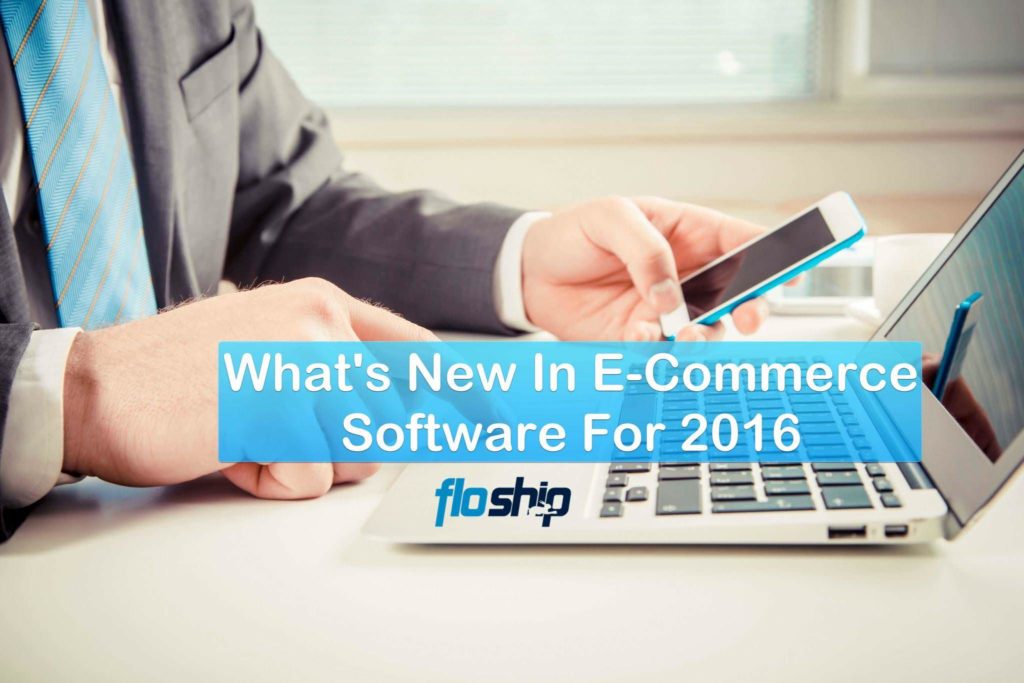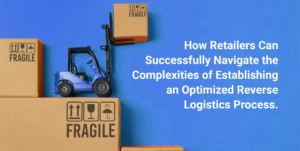The end of 2016 is on the horizon, Q3 is soon to close, and as we all know, technology keeps on evolving.
Experienced business owners are always looking for ways to streamline their business – to systematize, automate, delegate, and eliminate as they see fit.
Software plays an important role in this ongoing desire to be faster, better, and more consistent.
We’ve just entered the 2nd quarter of the New Year, and it’s a little early to determine exactly what standout developments and innovations there will be in 2016.
But there are definite trends and predictions. Let’s examine what may be up and coming in e-commerce software for 2016.
Top E-Commerce Platforms In Q3 2016
Ultimately, there are no “one-size-fits-all” solutions in e-commerce. Some platforms work well for certain business types, while they may not be the best fit for other niches.
The best way to determine what’s most suited for your company is to do a thorough audit of your needs and to match them against the various options that are available.
With that in mind, the following four platforms are a mainstay in e-commerce, and continue to change and evolve as customers demand it.
Here is a brief overview of each and what they have to offer:
- Shopify — Shopify is easy to set up, secure, and fast. They offer plenty of templates, SEO editing options, and also have excellent customer support. On the downside, their checkout process isn’t very customizable, and switching to a self-hosting solution down the line could prove challenging. With that said, for any e-commerce entreprenuers using Shopify, Floship has and integration, also called a plugin or connector, that makes using Floship to fulfill your Shopify orders a breeze.
The 5 Minute Guide to Scaling Your Shopify Shipping Strategy
Automate Your Fulfillment & Shipping
- BigCommerce. BigCommerce is like a feature-rich version of Shopify. You get unlimited bandwidth and storage, the ability to add as many products as you wish, and a variety of essential e-commerce features like reviews and ratings, gift cards, and even basic marketing tools. Their platform is a little more costly compared to Shopify.
- WooCommerce. WooCommerce is essentially a “freemium” WordPress plugin. Its is fully customizable, offers a good shopping cart solution, and they have good themes too. It’s also easy to use. If you don’t run a WordPress site, or if you aren’t familiar with the platform, then it isn’t the best solution for you. Floship has a plug and play connector to integrate Floship directly into your shopping cart workflow so your sales turn into fulfillments shipped, easy as 1-2-3.
- Magento. Magento is owned by eBay, and is considered ideal for larger retailers. It is very secure, customizable, and scalable. They also offer unique options like multiple storefronts, languages, and currency support. Magento comes at a hefty price tag for enterprise users. You also need extensive programming skills to build an e-commerce site with it. Floship has a customized plugin to synch your Magento shopping cart with Floship ecommerce fulfillment, if you are running Magento and want to get going with international fulfillment, Floship should be first in your mind to service and get your product in the hands of customers worldwide.
Find out how to Automate your WooCommerce Order Fulfillment process with the WooCommerce + Floship Integration here!
Important Ecommerce Trends & Predictions
How will e-commerce platforms have evolved at the close of 2016?
Trends have a way of pointing to innovations that are either anticipated or are already in the works.
Here are several areas to watch as the end of 2016 is on the horizon:
- Multi-channel selling. Customer behavior dictates that multi-channel selling is fast becoming essential. Many sellers are now listing their products on larger sites like Amazon to continue to adapt to these new buying behaviors.
- Social media sales. Social networks are no longer just the meeting place of follower interaction and customer support. Popular social media platforms are already implementing new ways for businesses to sell their products through their platforms.
- Beacon technology. Primarily for sellers with physical locations and online stores, beacon technology allows businesses to send notifications to mobile devices the moment the customer walks in to their storefront.
- Online salesmen. Businesses with customer support chat modules and popups are no longer waiting around for the customer to make a buying decision, and are proactively asking for the sale. In effect, they are no longer just customer support – they are also online salesmen.
- Real time analytics. Monthly reporting is fast becoming a thing of the past with real time analytics, which provides businesses with the means to monitor customer behaviors in real time.
Conclusion
Are you ready for the changes that are coming?
If your website isn’t mobile friendly yet, that’s a great place to start. But as you’ve already seen, there is so much more on its way.
In order to remain competitive, you will need to stay on top of the trends and adapt before it’s too late.
One way to diversify your options is to sell on marketplaces worldwide, and to make that experience as plug and play–as hassle free as possible–fulfillment globally with Floship can start here.
Related Posts
- International eCommerce: Is Your Price Right?
- The eCommerce Logistics Value Chain: What You Need To Know
- How To: Retail Apparel And Accessory Fulfillment For eCommerce Businesses
- Amazon and the Future Of Drone Delivery
- What Is Fueling The eCommerce Boom In China?
- Scaling Shopify – 3 Winning Tools to Skyrocket Your Store

Ready To Upgrade Your Logistic Solution?
Speak to Floship ecommerce logistic consultant about improving your global support chain today





